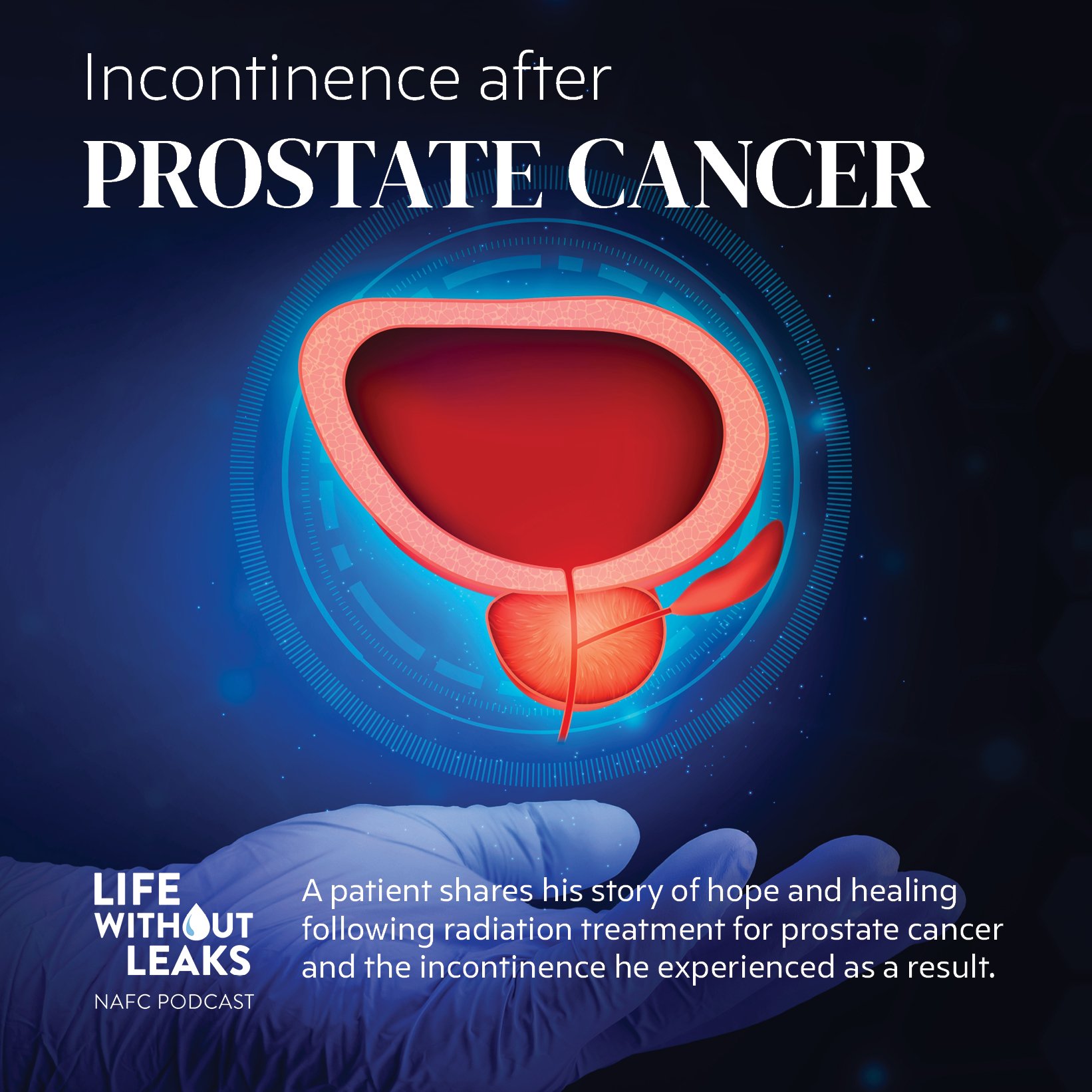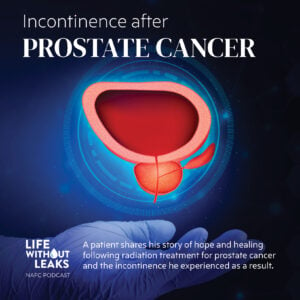My name is Emma, and I am a Crohn’s patient. I’ve lived with Crohn’s disease for several years now, but only recently was also diagnosed with a perianal fistula. Living with chronic conditions can present unexpected challenges, which I’ve learned to face every day. For people like me, who face the dual battles of perianal fistula and Crohn’s disease, life becomes an even more arduous journey filled with physical and emotional struggles. I want to share my personal experience, shedding light on the realities of living with a perianal fistula while managing the complexities of Crohn’s disease, in the hope that it may help others who are also dealing with these conditions.
Understanding Perianal Fistula
A perianal fistula is an abnormal tunnel that forms between the anal canal or rectum and the surrounding skin. These fistulas develop as a result of infections in the anal glands, leading to the formation of tracts. Many people don’t know what a perianal fistula is, even patients who live with Crohn’s disease, something that makes perianal fistulas more likely. The symptoms of perianal fistulas, such as pain, recurrent abscesses, swelling, discharge, and discomfort while sitting, can significantly impact one’s daily life. I know it did for me.
My Diagnosis
When I first experienced discomfort around my anal region, I dismissed it as a passing issue. After all, I do have Crohn’s disease, and discomfort seems to have been a constant since I have been diagnosed. However, the persistent pain and development of an abscess urged me to go see my doctor. The diagnosis was not a straightforward process. It involved numerous doctor visits and various tests to figure out what was going on.
Ultimately, an MRI and physical examination confirmed the presence of perianal fistulas, a harsh reality that left me emotionally drained and scared. Why was this happening? I was already struggling to maintain a normal life with Crohn’s disease. And, I learned that the most common way to treat a perianal fistula is through surgery, something I was very nervous about.
The Emotional Struggles
Living with perianal fistula and Crohn’s disease tested my emotional resilience like never before. The constant pain, fear of complications, and the impact on my self-esteem took a toll on my mental well-being. I found it challenging to confide in others, fearing judgment or misunderstanding. I was embarrassed by these conditions and felt I couldn’t connect with my friends or family, which was hard.
However, I discovered solace in online communities and support groups, connecting with individuals who truly understood my struggles. These platforms provided a safe space to share experiences, gather coping strategies, and find the strength to persevere.
Physical Toll and Impaired Quality of Life
The physical challenges of having a perianal fistula were also hard to deal with. Simple tasks like sitting, working, and socializing became painful. Sleep was elusive due to discomfort, leaving me exhausted and drained. I felt tired all the time. And I was horrified when I would experience any type of discharge, fearing someone else may smell it. The impact on my overall quality of life was undeniable, pushing me to seek effective treatment and management options.
Treatment and Ongoing Care
Upon diagnosis, a comprehensive treatment plan became essential in my journey toward healing. Collaborating closely with my gastroenterologist and a specialized colorectal surgeon, I embarked on a multi-faceted approach.
Medical interventions played a crucial role. Antibiotics were prescribed to control infection and inflammation, while sitz baths offered temporary relief. However, due to the complexity of my condition, surgical intervention was necessary, and I was told that most perianal fistulas are corrected with surgery.
I had a fistulotomy, the most common type of surgery for this condition. A fistulotomy basically involves cutting the fistula open so that it can heal as a flat scar. I’m thankful I didn’t have to use a seton, which is sometimes used in anal fistulas that occur deeper in the anal sphincter. This procedure involves placing a thin tube into the fistula tract that allows it to drain over time. This approach takes longer, and may still involve surgery in the end. It took me a couple of weeks to get back to my normal routine after surgery, but my fistula is still healing.
Unfortunately, my journey doesn’t end there. Perianal fistulas have the potential to recur, especially in people like me, with underlying conditions like Crohn’s disease. To mitigate this risk, I understand the importance of ongoing management and vigilance. Regular check-ups with my healthcare team have become routine to monitor my progress and address any potential complications. These follow-up visits allow for adjustments to my treatment plan, ensuring that my condition remains under control.
Living with perianal fistula and Crohn’s disease has taught me invaluable lessons about self-care and resilience. I now prioritize my overall well-being, adopting a holistic approach to managing my conditions. This includes maintaining good anal hygiene, adhering to a high-fiber diet to promote bowel regularity, drinking plenty of water, and practicing stress-management techniques like meditation or yoga.
While perianal fistulas and Crohn’s disease still present uncertainties in my life, I refuse to let them define me. I’ve learned to embrace each day with optimism, drawing strength from the support of loved ones and the courage of fellow warriors facing similar battles. By sharing my story, I hope to raise awareness, eliminate stigma, and provide a source of inspiration for others navigating their own journeys.
Living with perianal fistula and Crohn’s disease can be difficult. The physical pain, emotional struggles, and lifestyle adjustments demand resilience and a proactive approach to treatment. However, with proper medical care, emotional support, and a tenacious mindset, it is possible to overcome the challenges and emerge stronger. Remember, you are not alone in this journey. Talk to your doctors, confide in your family, and find others who are going through the same thing. Being proactive and having someone to talk to can make all the difference.







7 Responses
Got the same thing, without Chroone disease, struggling about 3 years to solve it. Started on the right side of my bump, solved that one, after 2 weeks, moved on the left side and until now, got 4 surgery s, its closing all the way, healing nice and in the, still something coming out. I went through depression, anxiety, sick of this thing, nothing seemed to work, but in the end, i embraced my problem, changed my life style, my mind and had a discussion with my self ” thats it, move over, live with it, you are 34 years old, not 85 and expect to die tomorrow”. Its uncomfortable, it used to be stressful, everytime when i travel, i have to take a small mirror, dressings, etc 😄, but in the end, i just made the choice to move over and thats it. Dont stress to much like me, you aint gonna solve anything with stress and anxiety, just keep on with your life, you just have an extra daily routine, think thats people outhere blind, fighting cancer, no legs, no arms, people that wish to have this problem, rather then thoose that i mention. Keep on moving, be happy with what you got, yesterday its gone, today its the present, tomorrow you will never know. Keep your head up and make the best of it 🤣.
Sufro una fístula endorectal desde hace 8 meses. Me aterra pensar que pueden volver a reaparecer, pero de igual forma y manera tenemos que seguir en la lucha, pues es una batalla que tenemos que vencer. No podemos decaer y salir derrotados, tengo 44 años, dos hijas y una vida por delante, no vale rendirse. Ánimos a todos!
Hola, tengo un niño de 4 años con enfermedad de crohn, le han salido 3 fistulas perianal. Estoy desesperada por el, sufre mucho. Se le secan por algunas semanas pero luego le vuelven. Ya los doctores no saben que hacer, quisiera saber si hay otra alternativa?
Es norml qur las fistulas despues drl procedimiento sangre.
Fui al baño a hacet chichi y por el fecgo me salio mucha sangre.
El procedimiento que me realizaron fue colocarme unos cauchos en cada fistula. (2) y me indicaron que dentro de 4 meses me realizaran la otra para el retiro de los mismos.
Me puedes explicar por favor.
Algunas recomendaciones y como es el prpceso de recuperación.
Gracias.
Hola cómo estas,mi hija padece exactamente loismo hace 2 años,ya fue al quirófano 8 veces, x infección, x cambio de sedales,no hay medicación que sane esas disculpas,se siente sin fuerzas de seguir, hay días que no tiene ánimo,siente q su vida no tiene rumbo,los medicos no encuentran el tratamiento adecuado
.
I’ve have a fistula for 3 years now, I had many complications with my procedures and I’m terrified to get the fistulotomy because I won’t know until I wake up from surgery if I have a seton or not. I have actual PTSD from this whole experience and this article made me finally feel understood. How do you finally find peace in all of the medical trauma?
My heart goes out to you and I am so glad surgery helped. The pain and stress of these conditions is a big drain on your energy and it’s a struggle to seek and receive good treatment. Thank you for sharing your experiences and wishing you full recovery!